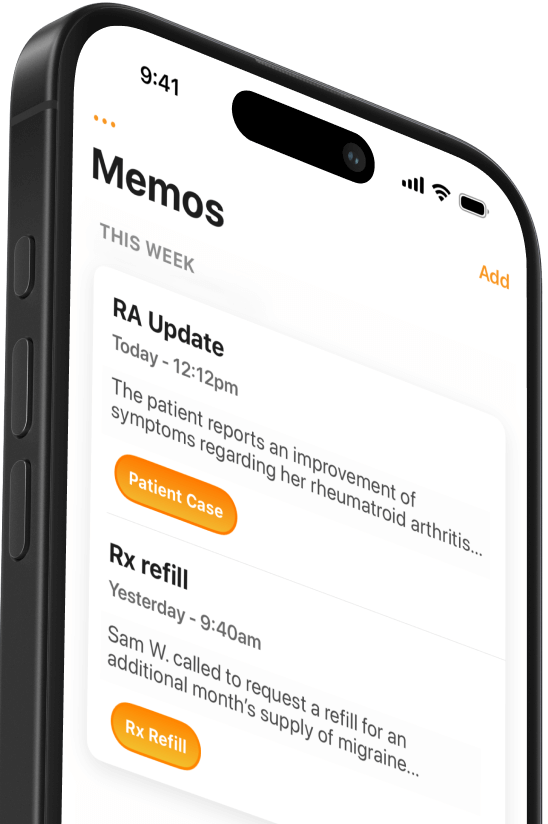First U.S. case of colistin antibiotic resistance has experts worried
Federal public health agencies found MCR-1, a gene making germs resistant to colistin, a last-resort antibiotic for resistant infections.


Popular articles
Federal public health agencies recently found something they’ve been looking for since last year: a tiny sequence of DNA called MCR-1. The gene makes germs resistant to an important antibiotic called colistin, and its arrival in the U.S. has elevated concerns about a pan-resistant bacteria.
First discovered in China in 2015, the appearance of MCR-1 in the United States has experts worried (photo: The Associated Press)
Colistin is a last-resort drug often used to treat patients with infections resistant to other antibiotics. It was actually first approved in the 1950s and later phased out in the ‘70s because of its toxicity. But as drug resistance has become increasingly common, providers are returning to older antibiotics like colistin to treat bacteria that are resistant to more modern drugs.MCR-1 is on the watch-list because it makes the host bacteria resistant to colistin, the antibiotic of last-resort. The gene was first discovered in China last year, and it has since popped up in a variety of countries in Europe and elsewhere.On May 31, the Department of Defense announced that MCR-1 was discovered in a Pennsylvania woman being treated for a urinary tract infection. The gene was found in an E. coli bacteria, a common germ responsible for a variety of infections.
The good news is that doctors were able to treat the woman with other antibiotics and she recovered fully.The bad news is that the woman had not traveled outside the US recently, so it’s likely that she contracted the infection from someone else in the country. Pennsylvania public health officials are working with the Centers for Disease Control and Prevention (CDC) to investigate where the infection came from and who else it might have spread to. The CDC says there is no reason to freak out and that the bacteria doesn’t pose an immediate threat to public health. But they are taking the news seriously.As NPR reports, the gene was discovered in a piece of DNA called a plasmid, which could easily transfer resistance between species by jumping from E. coli to other bacteria. If resistance spread to a bacteria that was otherwise multidrug-resistant, doctors would be out of treatment options for infected patients.The news of MCR-1 is related to a larger problem of antibiotics resistance, which researchers estimate is responsible for 700,000 deaths every year. As drug resistance outpaces new drug development, experts are concerned about the implications of a post-antibiotic world. MCR-1 signals the possibility of a time when death from simple infections could become increasingly common.
Related Articles


We Get Doctors Home on Time.
Contact us
We proudly offer enterprise-ready solutions for large clinical practices and hospitals.
Whether you’re looking for a universal dictation platform or want to improve the documentation efficiency of your workforce, we’re here to help.




